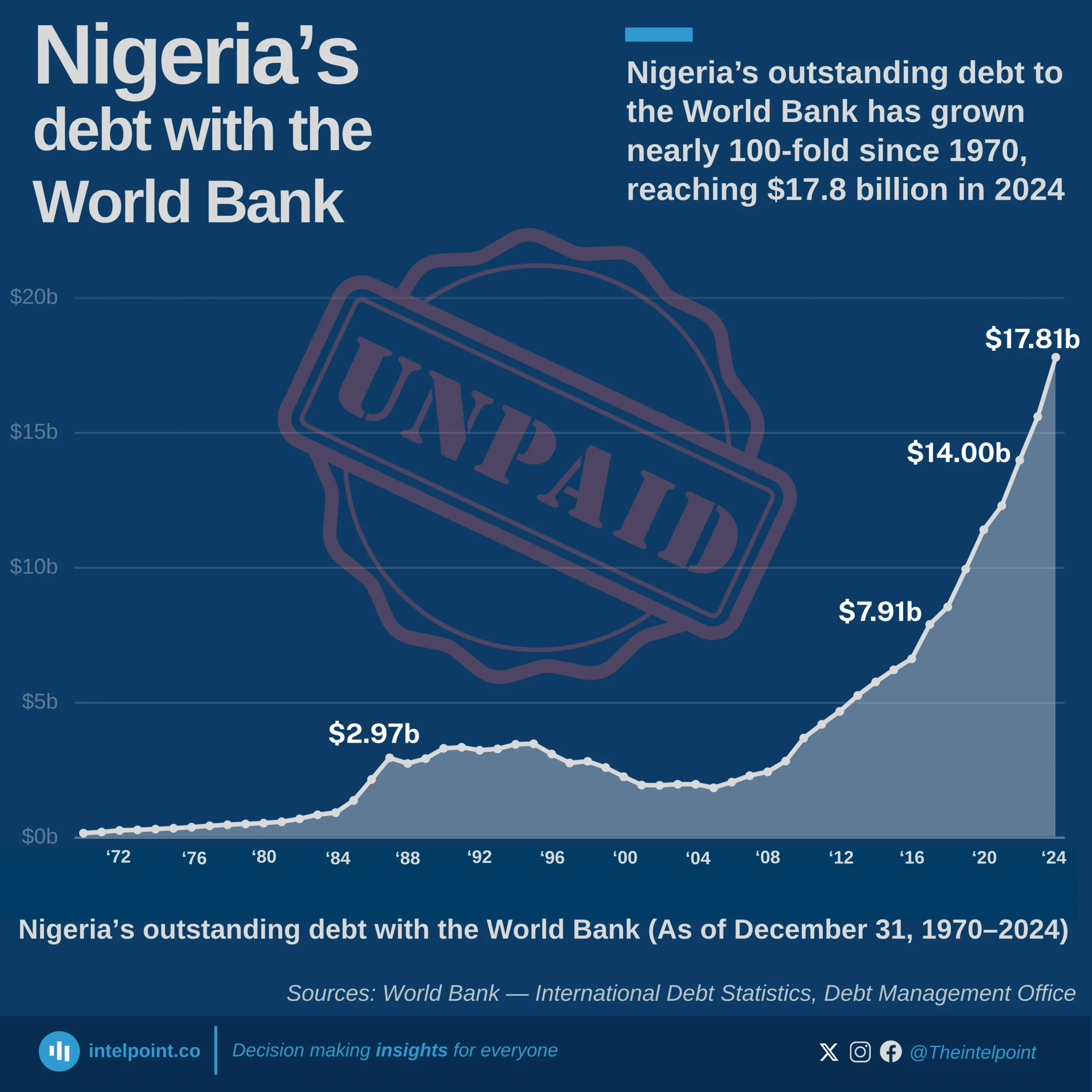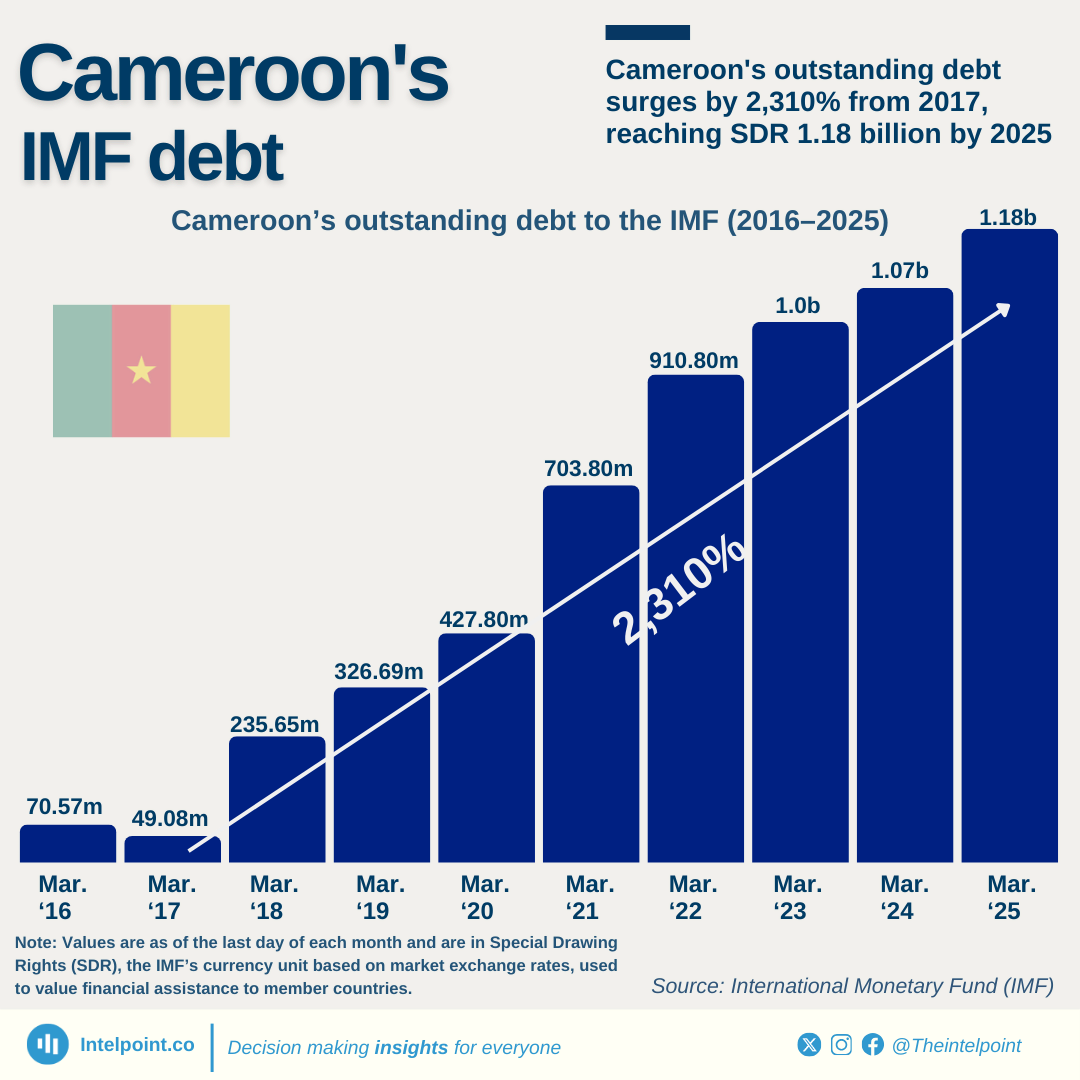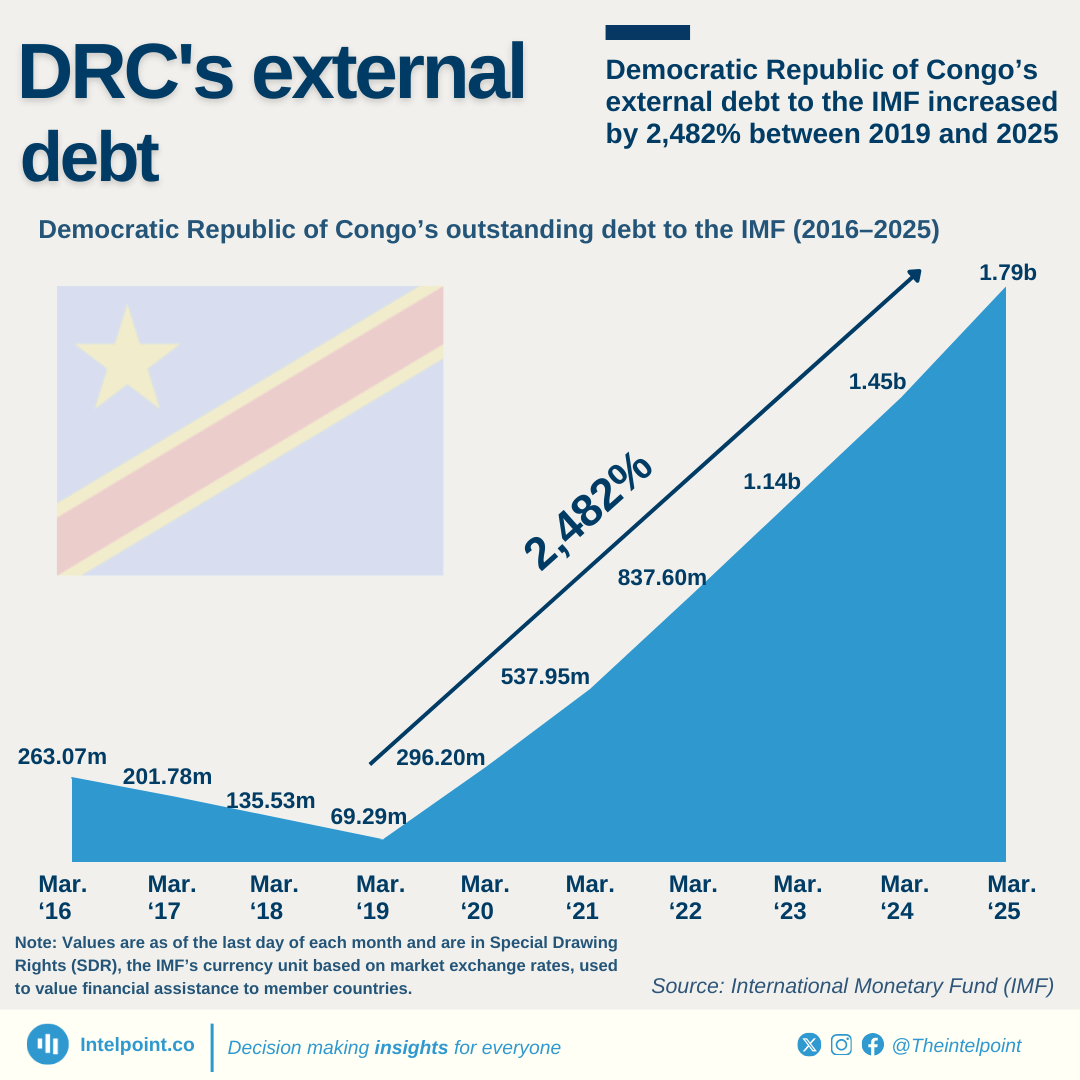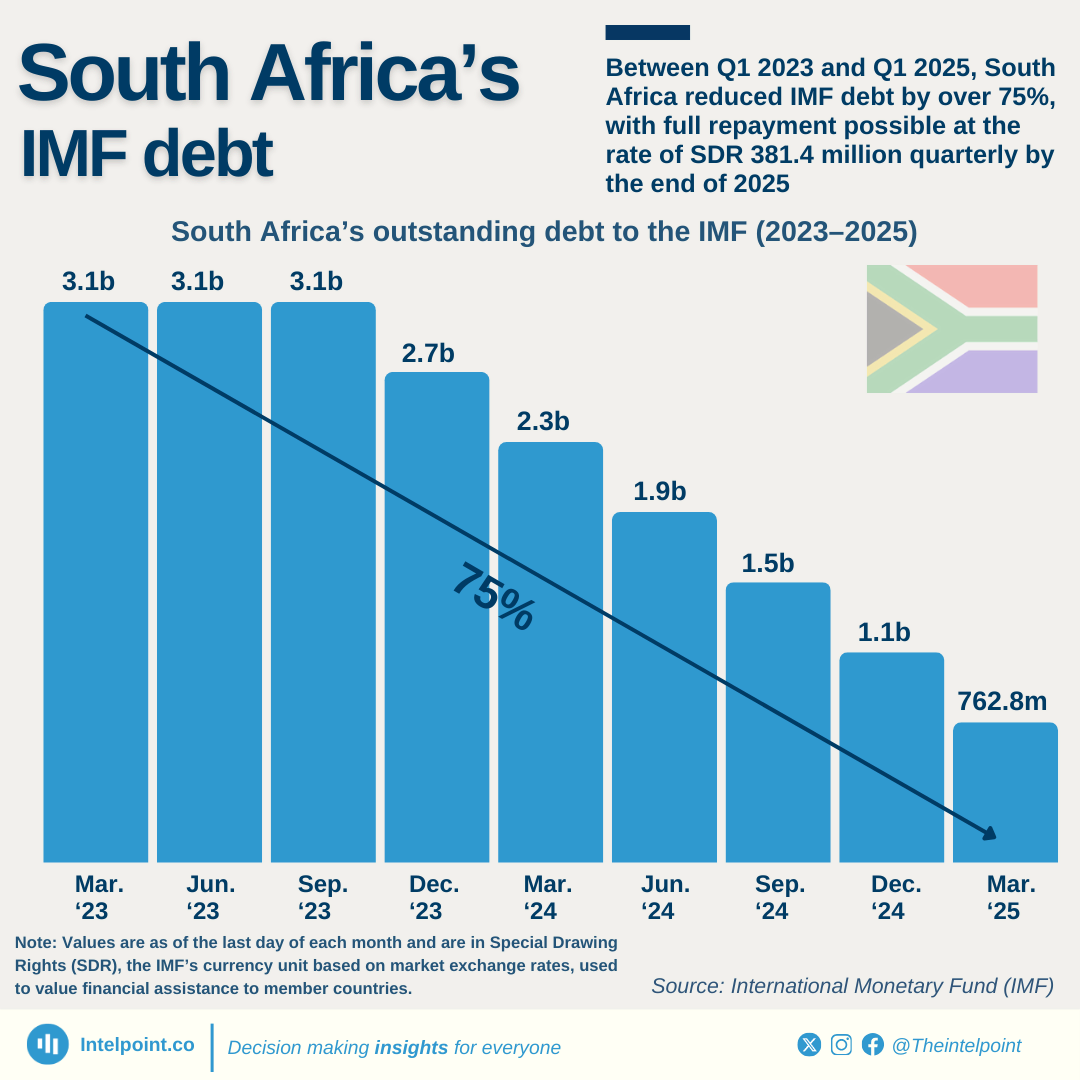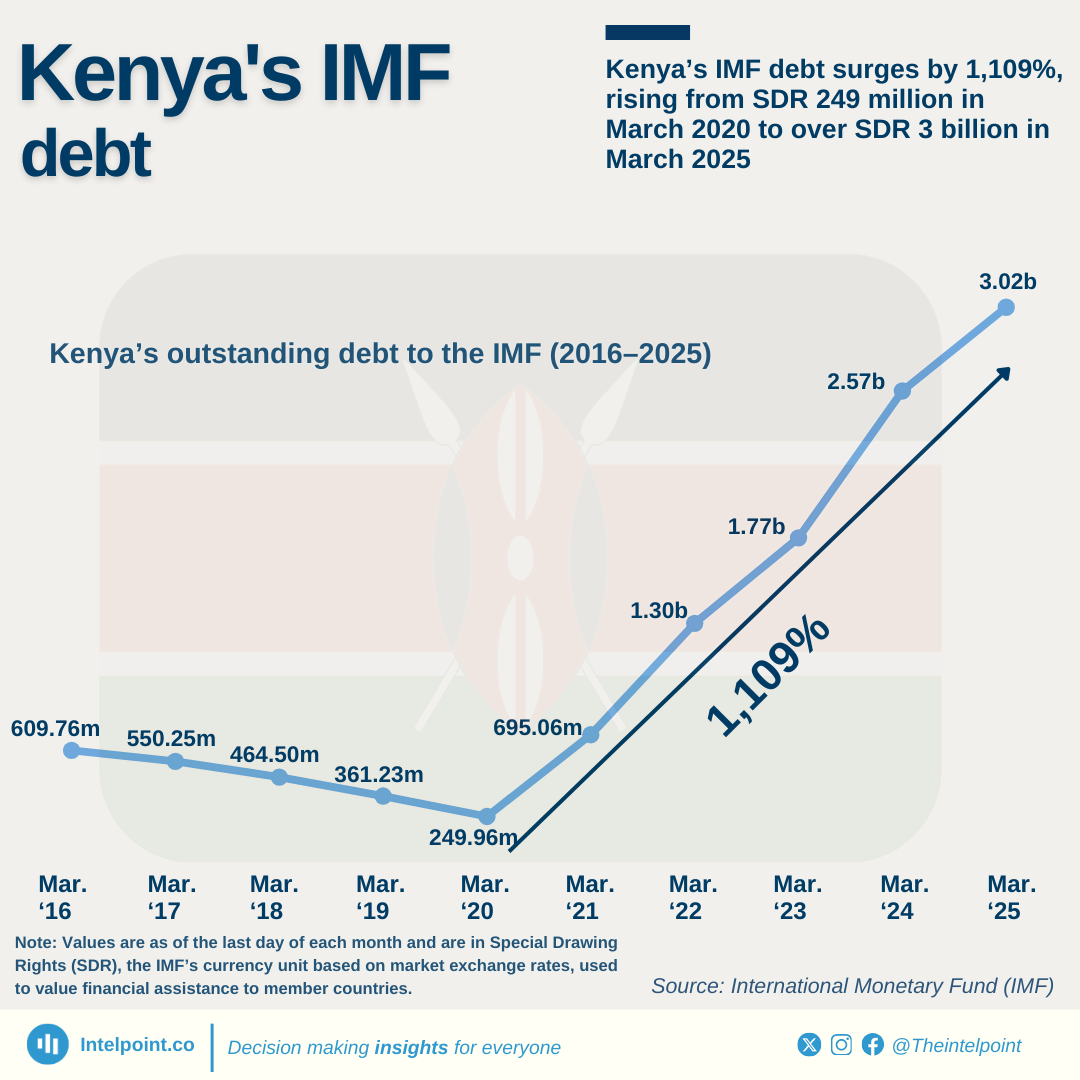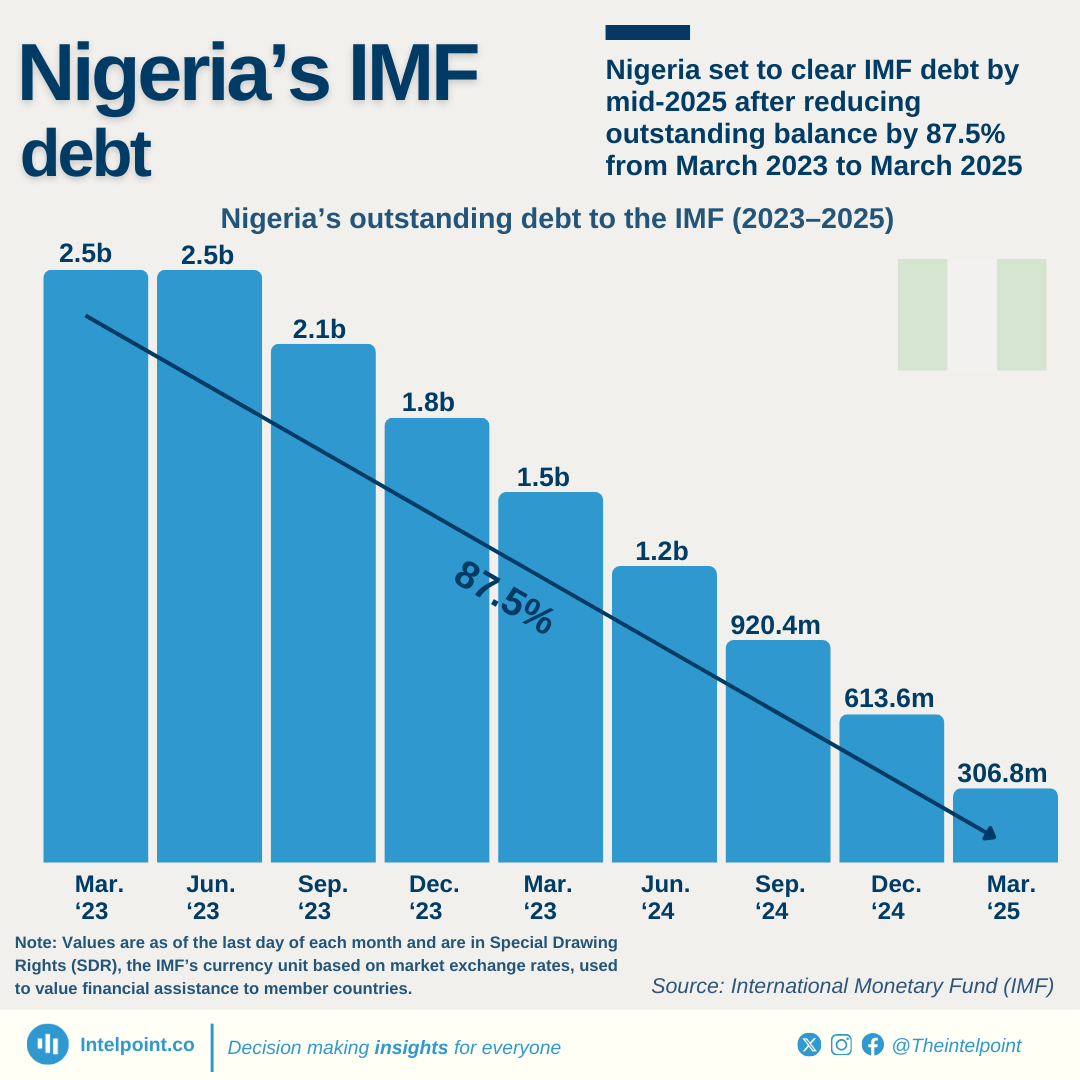In 2017, the number of debtors backed by movable assets owing financial institutions stood at 8,338, but this figure plummeted drastically in 2018 to 4,273. Following this decline, the trend reversed, and the number of debtors rose steadily between 2019 and 2021, climbing back to 7,310. However, from 2021 to 2024, the numbers were unstable, rising and falling slightly.
Debtors include individual debtors, Large Businesses, Medium Businesses, Micro Businesses, and Small Businesses.
